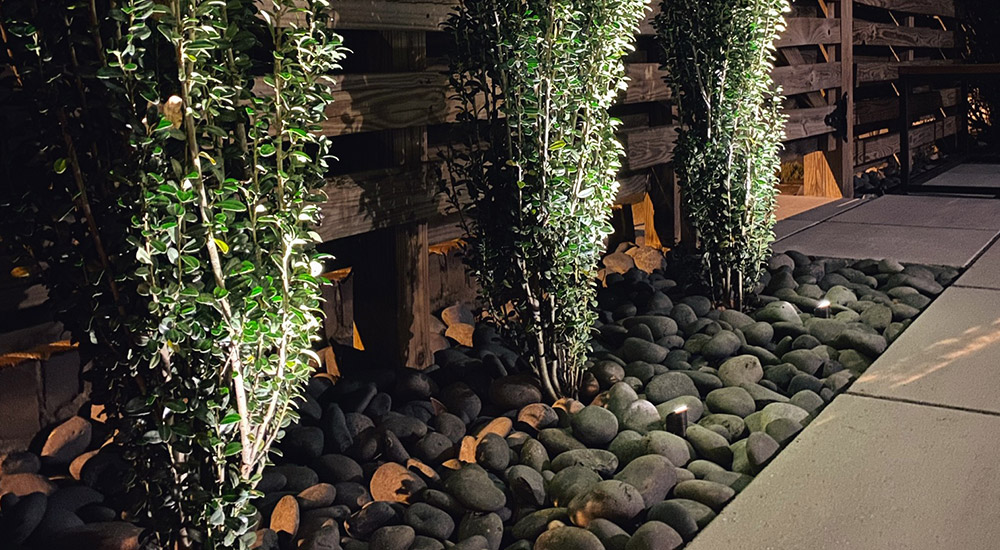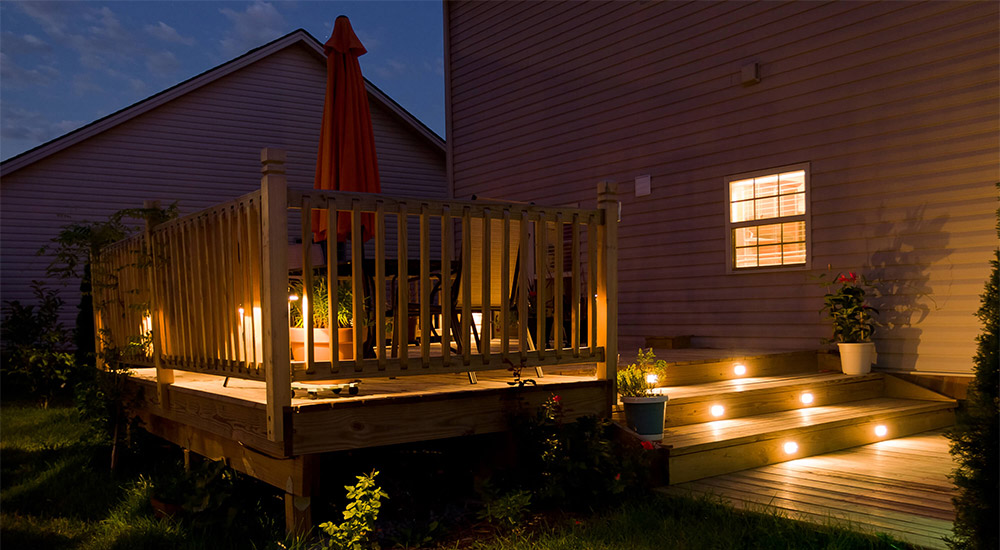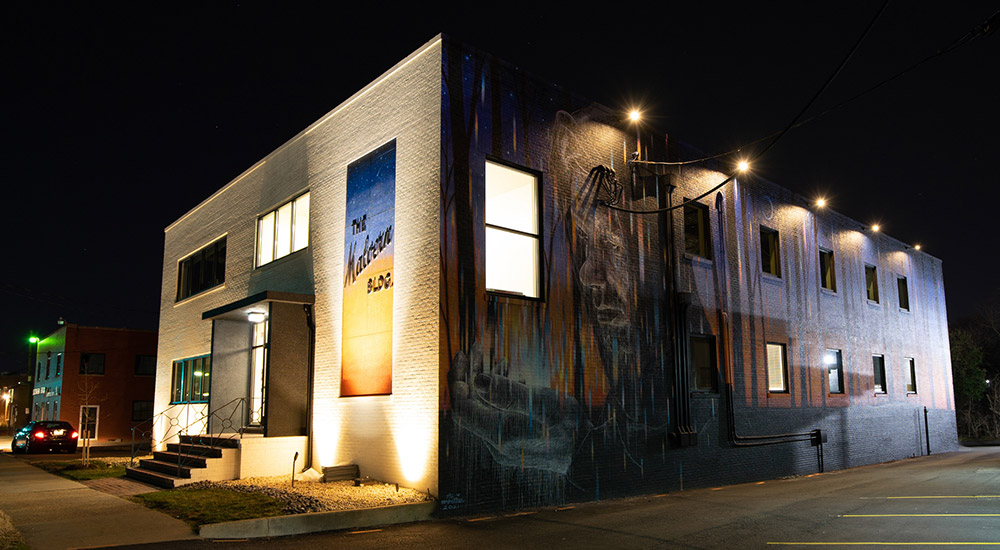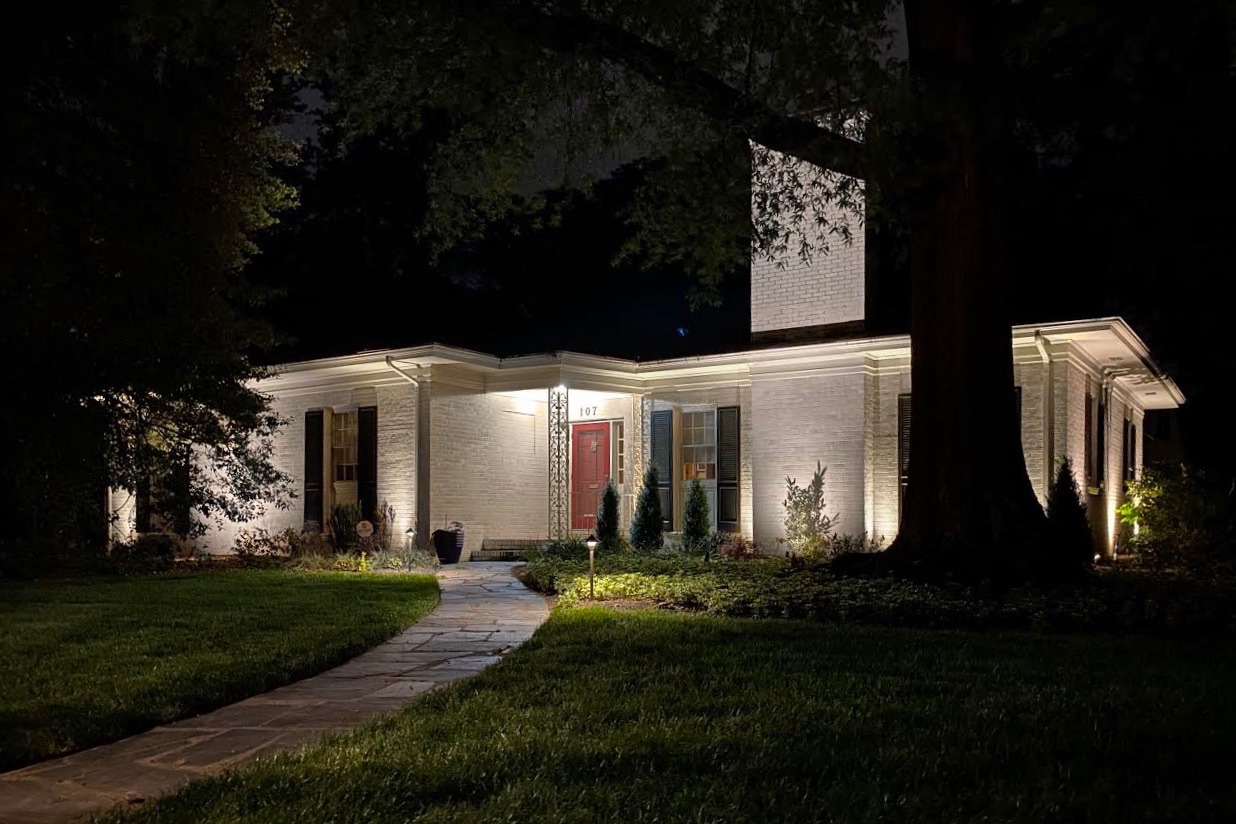
Don’t let your hard work in landscaping go unnoticed when night falls. Illuminating your outdoor space is an artistic endeavor just like designing it, especially if you want it to stand out from the rest. Check out our blog for valuable insights on creating a distinctive landscape lighting system. Unique landscape lighting requires planning and careful positioning of the right types of lights.
Landscape Lighting Pointers
To start off, there are several things to keep in mind when creating your unique landscape lighting system. These include the following:
Less is More
When creating your landscape lighting layout, it’s best to use softer, lower wattage lights. These can help accent details, illuminate large areas, and make your landscape stand out. All this, without creating too much glare or overwhelming the area.
Spare the Eyes
Even with lower wattage bulbs, you also need to be careful not to create light pollution. Try to avoid positioning lights where they may shine into people’s eyes—creating glare and blinding them to the beauty of your landscape—or into windows. Too much light can also block out the effect that the night sky can have on your home’s landscaping.
Use Timers
Timers add a great deal of convenience when it comes to landscape lighting. After all, it doesn’t do to put all that effort into designing and installing your lighting and then constantly forget to turn the lights on when the sun goes down. Setting lights to timers can help make sure your home looks beautiful at all hours, regardless of the amount of natural light shining on it.

Variety
The key to a unique landscape setting is variety, and that’s no different for lighting. Use varied lighting styles and techniques to create an attractive effect for your home. Otherwise, it may end up looking bland. This article from The Pattisall Group may serve as a style guide.
Of course, when using different types of lighting, you want to be careful not to overdo it. Too much variety and the end result will look chaotic and random, so a bit of consistency within different areas of your landscape will help prevent that.
Position Lights at Night
When positioning and installing your landscaping lights, it’s easiest to do it at night. This will allow you to see the effect different positions and angles will have on your landscape’s aesthetic appeal and quickly make adjustments as needed, thereby avoiding any unpleasant shocks when the sun goes down.

What Needs to Be Lit?
When designing a landscape lighting scheme, you need to be aware of what each light will accomplish. In some cases, the purpose is purely functional—for instance, a lamp over the porch or front gate, or lights marking a pathway.
In other cases, the purpose is much more aesthetic, such as accenting specific features of your landscape or setting a mood for the area. Adjust certain types of lighting or set to timers to create the right effect for your landscaping.
Overall, you will usually want to light the following items:
- Walkways and paths
- Stairs/steps
- Patios
- Trees
- Shrubbery
- Driveways
- Ponds
- Fountains
Lighting these areas properly will make your home’s landscape look more attractive at night while also providing illumination and added security to your property.
Accents
Use accent lighting to highlight various items in your home’s landscape, including bushes, trees, water, and other unique features of your home. Accent lighting provides the opportunity to really get creative and create a unique lighting system, both inside and outside your home.
There are several ways to do this, including casting shadows, creating silhouettes, spotlighting specific points, or casting lights over broad areas.
Spotlights
Spotlighting can be used to showcase the colors and shapes of specific landscaping features, such as a tree, flag, or statue. Position the light on the ground shining upward for maximum impact, or you can place it in a spot where it can shine downward, minimizing glare.

Shadows
Use a spotlight to shine a light onto a feature in front of a vertical surface, such as one of the walls of your home. A softer light can cast an attractive shadow onto the wall, highlighting the details of a feature, such as an interesting-looking tree or sculpture.
Silhouettes
Somewhat opposed to shadowing, silhouetting uses a fixture between the item to be highlighted and a vertical surface. This light shines onto the surface, giving the structure a bright area against which to silhouette itself. This is great for highlighting interesting shapes and structures without drawing too much attention to the coloration.
Moonlighting
Fixing a light in a tree and shining it down creates a soft moonlit effect as if the moon were shining through its branches. It’s usually best to make sure the fixture is as high up as it can go and fully concealed, allowing its glow to filter intricately through the leaves and branches of the tree.
Underwater Fixtures
Ponds, fountains, and other water features benefit majestically from proper lighting. A light cast from the bottom of a pond can create a glittering ripple along the surface, especially if you have a water setup that is prone to movement. In a fountain, the lights can shine upward to illuminate and reflect off the gushing water, adding further beauty and elegance to the fixture.
Uplighting
Lights are often used to shine upward along walls to highlight their architecture. When done with a light aimed directly vertically, this is called grazing since the light just grazes the structure to accent different textures or colors. Alternatively, they can be placed at the base of trees or other structures, sometimes as a complement to moonlighting.

Downlighting
Lights set high in trees or under overhangs are used to cast light over wide areas, illuminating large swathes of space. Downlighting is great for ambient lighting as well as for increasing the overall security of your home’s landscape.
Designing and Installing Landscape Lighting
You want to use a variety of techniques to bring out the best in your landscaping. And add appeal to it when the sun is down and the stars are out. Using these well can be a challenge for some, however, and it can definitely help to get a professional’s eye on it.
Livewire can provide you with assistance when it comes to selecting the right lighting for your home landscape. We can even help you test before you invest.
What Are You Waiting For?
Some of the areas we serve include:
Livewire serves customers all throughout Central Virginia. If you don’t see your city or town listed here, please contact us to find out if we can accommodate your needs.









 CALL US 804.616.4156
CALL US 804.616.4156 BOOK APPOINTMENT
BOOK APPOINTMENT